Search Results
Fine Jewelry University Articles matching: “Natural”
Showing only FJU Article results. Click here to show all results.
Fine Jewelry University (Show All FJU Articles)
-
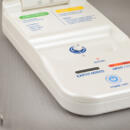
How to Tell If a Diamond Is Natural or Lab Grown
…synthetic diamonds before continuing with this article. So, now you know that lab grown diamonds are just as real as natural diamonds, but we still want to be able to tell them apart. When it comes to diamond simulants like Cubic Zirconia (… they aren’t diamonds. But, with lab grown diamonds, the chemical structure and properties are all the same as natural diamond, so it becomes much more difficult to differentiate them. Responsible Disclosure The first thing to realize is …
-
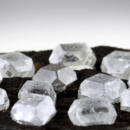
Is a Lab Grown Diamond Right for Me?
… of misinformation and paranoia both from inside the trade and from outside observers. I have heard people say that natural diamonds come with a 400% mark up, or that most mined diamonds are conflict diamonds (both wild falsehoods). On the … consumers’ minds. While the real world issue is not nearly as severe as many people believe it is (over 99.9% of natural diamonds are conflict free, and you can buy verifiable Canadian diamonds of known origin if you want), it is still …
-
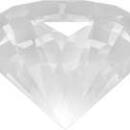
Fake Diamonds: The Great Diamond Attack
… lookalikes. “What is a real diamond?” is a difficult question these days. And the problem of separating a fully natural diamond from all the modern possibilities is quite demanding. So what is a real diamond? Let’s start with the older … but is man made. So, a synthetic diamond is the same chemistry (carbon element) and crystal structure (cubic) as natural diamond but made in a factory. Yes, they can make synthetic diamonds and have for many years now. Most are used in the …
-
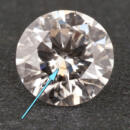
What Are Lab Grown Diamonds?
… is being created. Therefore, a “synthetic diamond” has the same crystal structure and chemical composition as a natural diamond. The same cannot be said of the many imitation or fake gems that are often, incorrectly, described as synthetic … highly advanced technologies that produce crystals with the exact same chemical structure and optical properties as natural diamonds. Now, let’s compare lab grown diamonds to some of the other gems that you might have heard of. Lab Grown …
-
Synthetic Gems: The Whole Story
… gemologist to detect. But if you had gem material that is the same chemically, optically and crystal structure as a natural gem, it would be very hard to tell them apart. In gemology we call this a synthetic gem. Synthetic gems are not bad…a man made synthetic ruby has the same exact chemical formula and crystal structure and optical characteristics as a natural ruby. How can a person tell them apart? I will tell you it is very very hard. It takes a lot of training, very good …
-
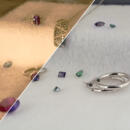
Gem in the Spotlight: Alexandrite
… of 8.5. Because of its high hardness, alexandrite is suitable for everyday wear. That being said, because of natural alexandrite’s tremendous value and rarity, it is recommended to be worn carefully or put in jewelry such as earrings or …is so famous, in fact, that color-change itself is often called “The Alexandrite Effect.” Stunning color change on a natural alexandrite. Alexandrite History and Lore Alexandrite was first found in the Ural Mountains in Russia in the 1830s. …
-
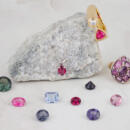
Gem in the Spotlight: Spinel
… by mistake. Since then many processes have been used and perfected to create spinel in even more colors than it is naturally found in. Because of how easily it can be created in a lab, synthetic spinel has been used to imitate many other ….). In fact, the ubiquity of synthetic spinel may be part of the reason why most people have been slow to appreciate natural spinel in its own right. Interestingly, most lab-created spinel has a slightly higher refractive index than natural …
-
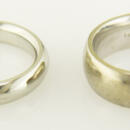
The Difference Between White Gold and Platinum
… over 24. An example is a 14-karat gold wedding ring. It is 14/24, which equals 58.3% gold and 41.7% alloy. The white color is achieved by a careful choice of the alloying metals, which bleach the yellow of pure gold. Platinum is a naturally white metal. It does not need to be alloyed for color. Jewelry platinum is typically an alloy containing 90% to 95% platinum and the balance alloy. Iridium or ruthenium is often used as a hardener alloy. Platinum is usually marked with…
-
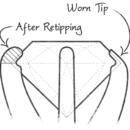
Jewelry Repair FAQ
… done the same way as gold plating, and it produces a bright white finish on the jewelry. Some alloys of white gold naturally have a yellow tint to them, so they require regular rhodium plating to keep looking white. How often should I bring… pure gold with other metals to create different alloys that have different colors and properties. Because silver is naturally a white metal, many people believe it is mixed with pure gold to create white gold. In truth, even a high …